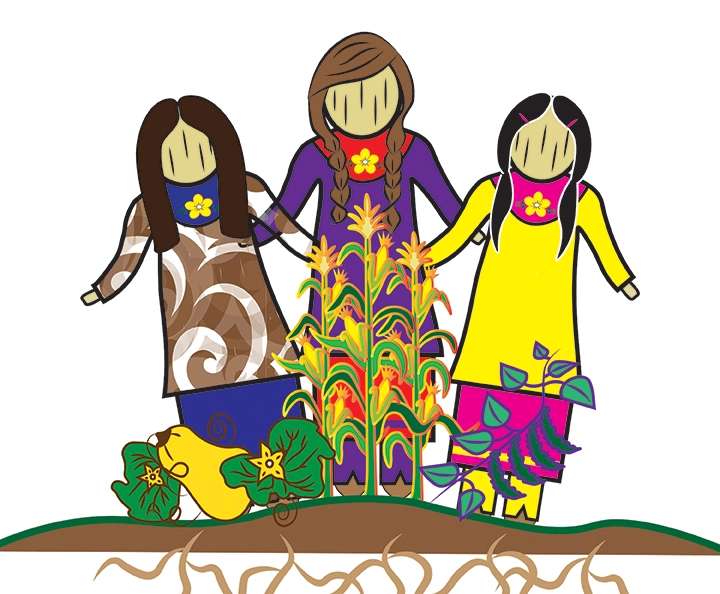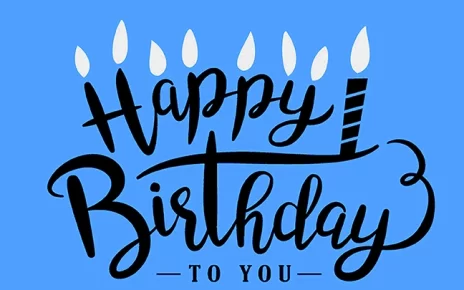Successful in Gaining Seneca Women’s Right to Vote, May 23,1964
The first concerted effort to gain the vote for Seneca women occurred in June 1956 when the Women’s Suffrage Organization went before the Nation’s Council. The first to speak and recognized as a leader in the movement was Martha Greene Flammang. According to the Council minutes, Martha’s speech that day “had merit and made some very good points.”

Martha Flammang proved to be a passionate leader of the Seneca Women’s Suffrage Movement and an equally passionate advocate for equality in education and better work opportunities for women. Speaking before a New York State Joint Legislative Committee on Indian Affairs hearing held at Tonawanda in 1961, Martha testified, “My greatest interest today is the voice of the woman on the reservation. There are too many who do not come forward . . . There are so many, many women who are capable. She has a right to get up and say something. She should not sit back and say nothing. She should have some say for her people.”
Born in Irving on the Cattaraugus Territory, her early education occurred at a district school in Collins and the Thomas Indian School. She graduated from Buffalo’s Hutchinson High School, and received her nursing degree from Buffalo State Hospital School of Nursing. During World War II she served as a civilian first aid nurse at Camp Curtis Air Base in Massachusetts. After the war Martha advanced her nursing credentials at the University of Buffalo while holding various nursing positions. At the time of her fight for Seneca women’s suffrage, she was head psychiatric nurse at the Gowanda State Hospital.
Eight years after first appearing before the Council seeking action on women’s suffrage, Martha returned in March of 1964 and presented a women’s suffrage petition containing 162 signatures. She told the Council the women of the Nation were not asking for the privilege of holding office, but only for the right to vote. She pledged “to wage an all-out campaign” to win the vote adding, “I have learned to be persistent.”
After three unsuccessful referendums (1956, 1959, 1962), on May 23, 1964 the Seneca Nation Constitution was finally amended to guarantee Seneca women the right to vote in Nation elections. Martha had said, “All this referendum will give the Seneca women is the civic privilege to vote in every election. It is hoped after three prior attempts to have this issue become effective, 1964 will find male voters giving their wives, mothers and sisters the same opportunity as any other women in this country . . . The women hope to be able to say ‘we are a united people.’”
She believed the talents of the many capable Seneca women of her era were being wasted by denying them a voice in our government. A month before Seneca women would go to the ballot box for the first time, Martha Flammang was selected as the Woman of the Year by the Gowanda Chapter of Business & Professional Women. They called her “a modern day Susan B. Anthony” but for us she was a modern day Jigonsaseh who helped the Peacemaker establish peace between our warriors and to solidify the role of women in our society.




